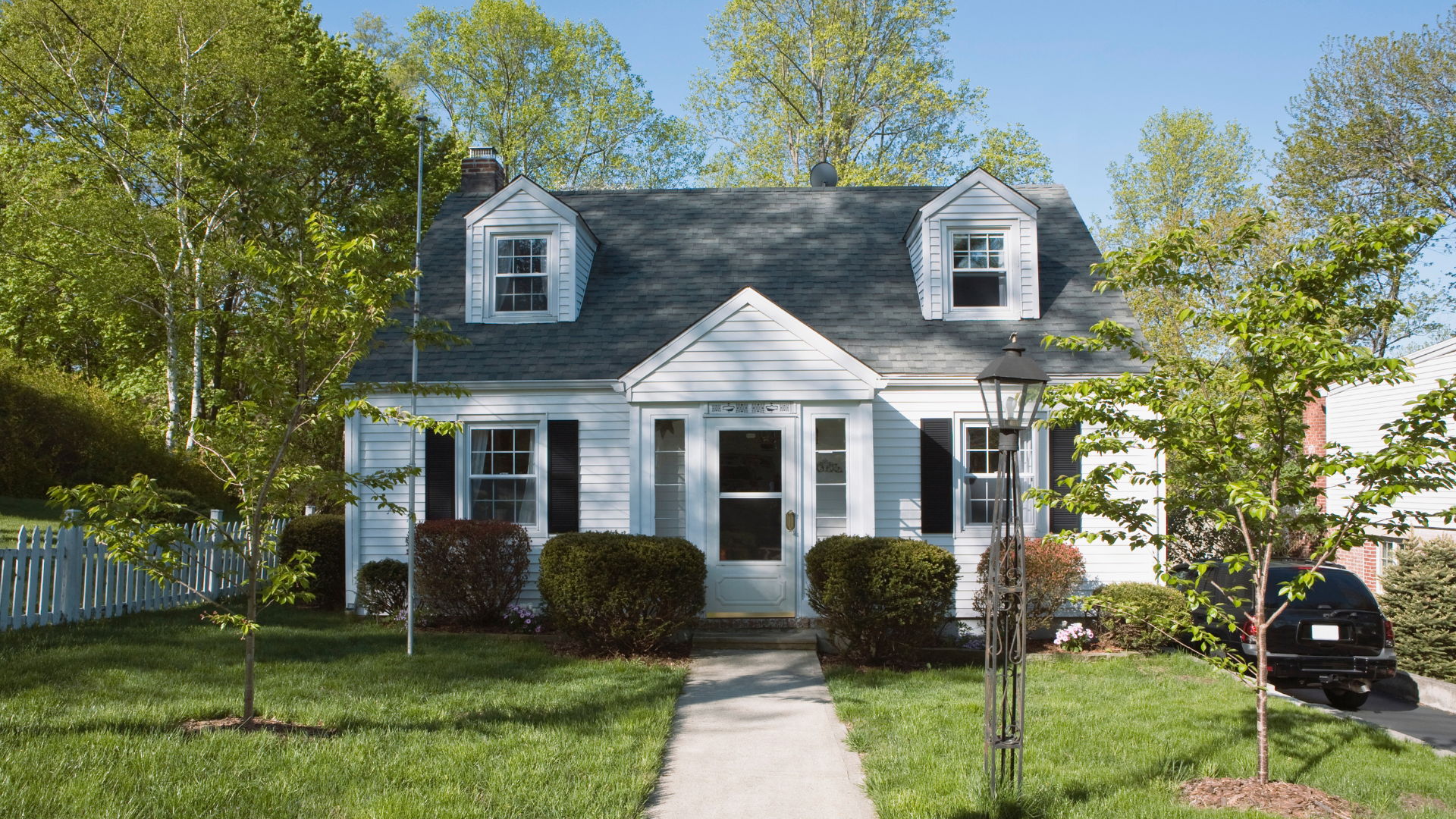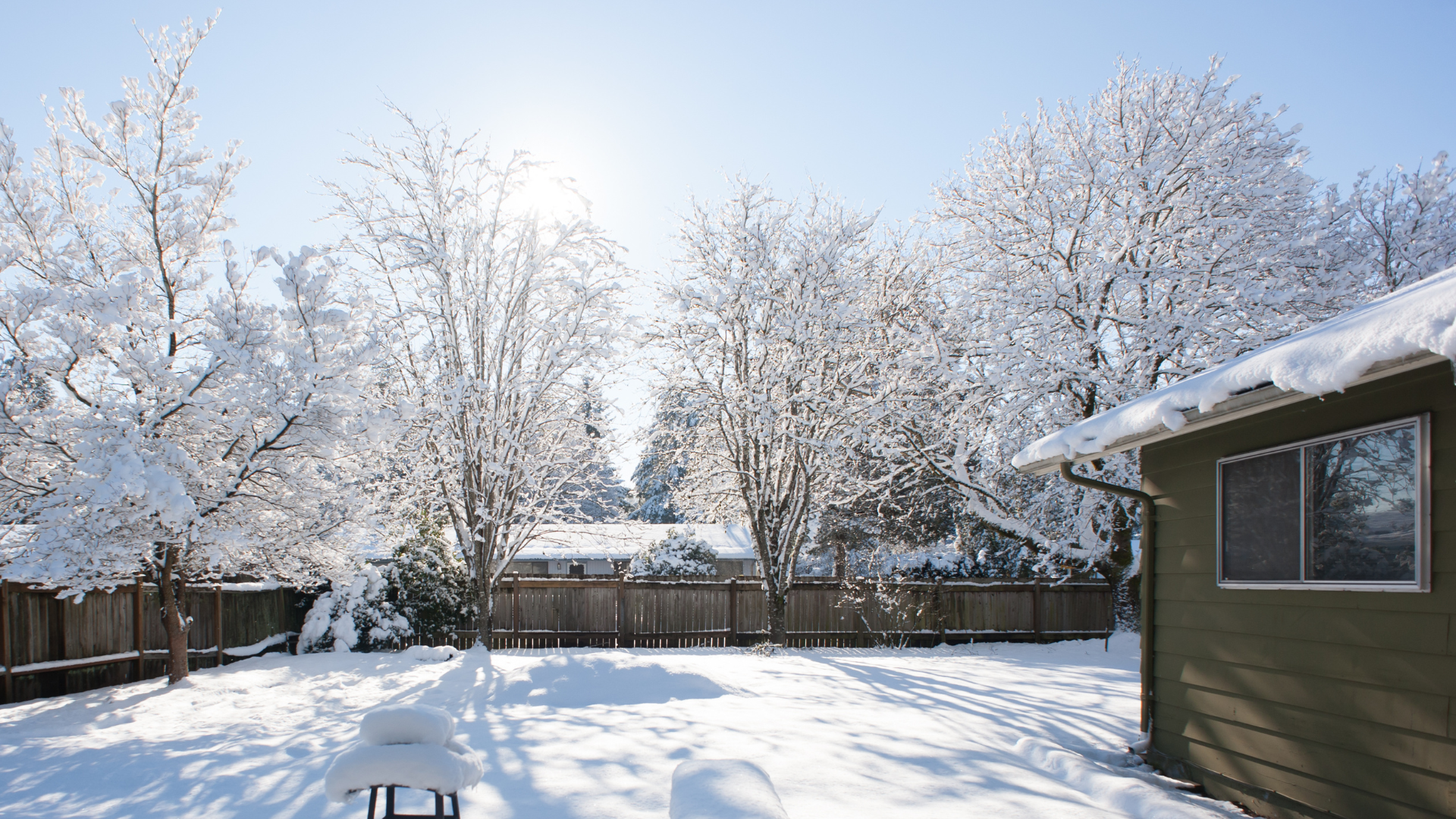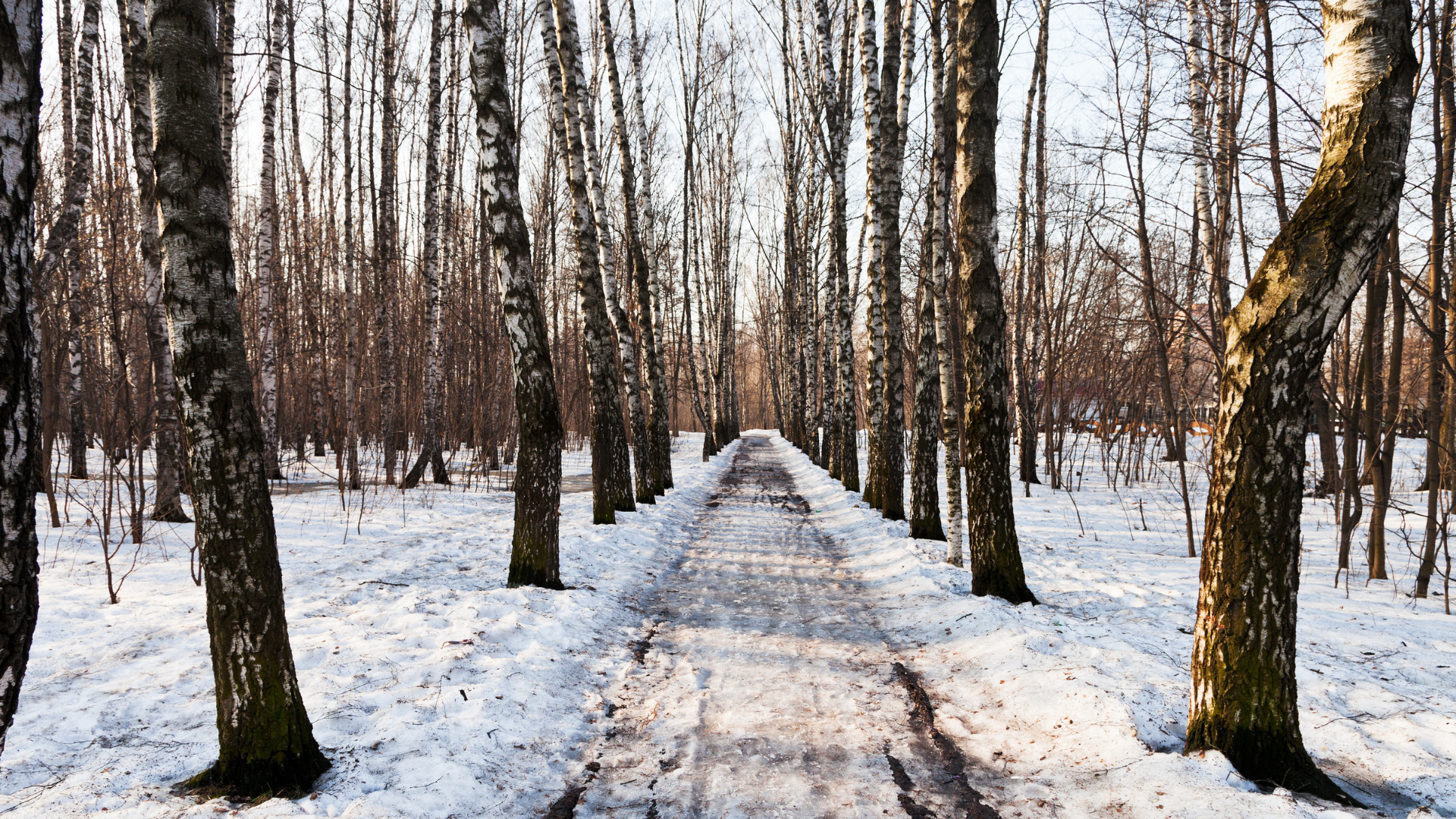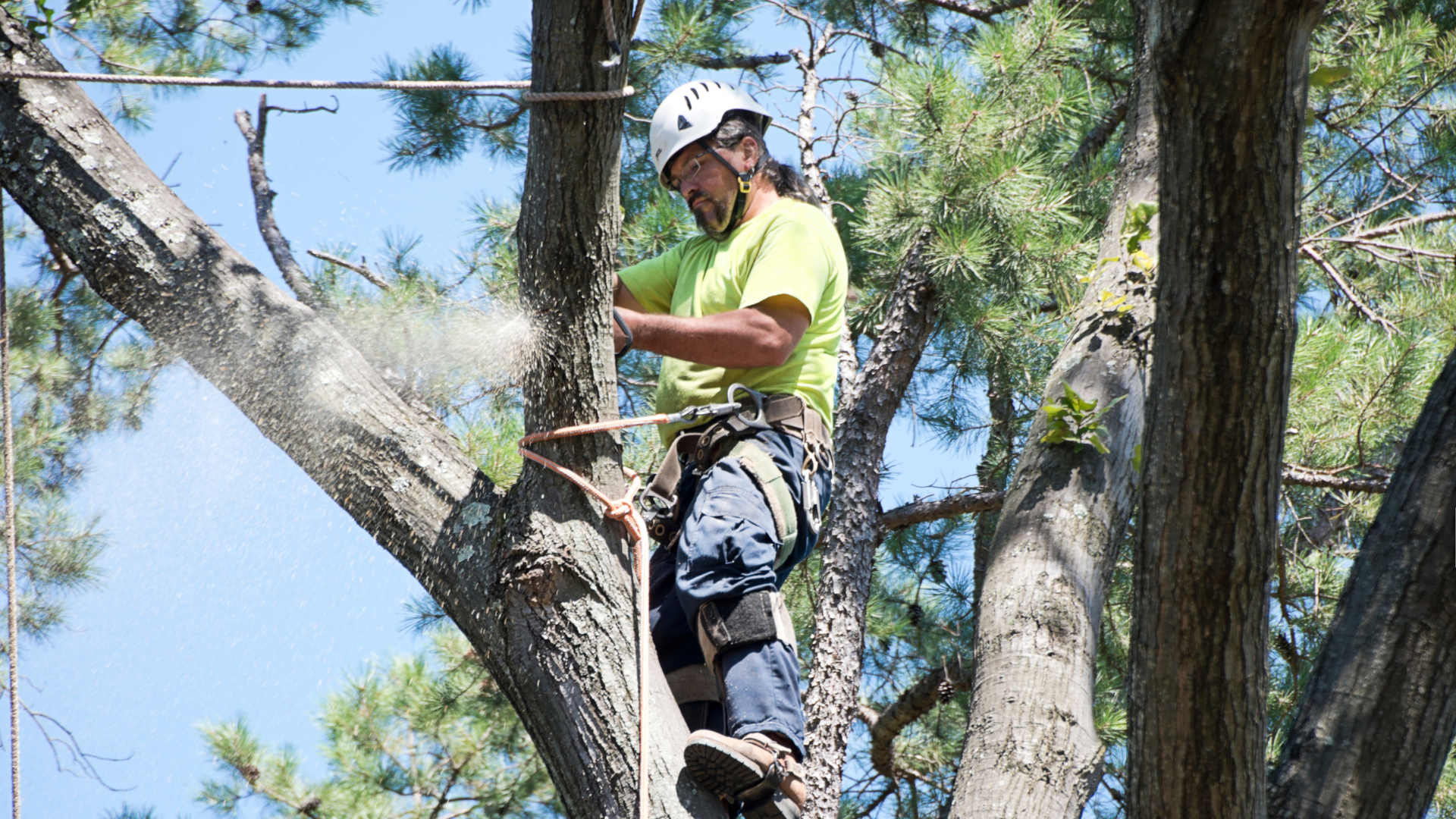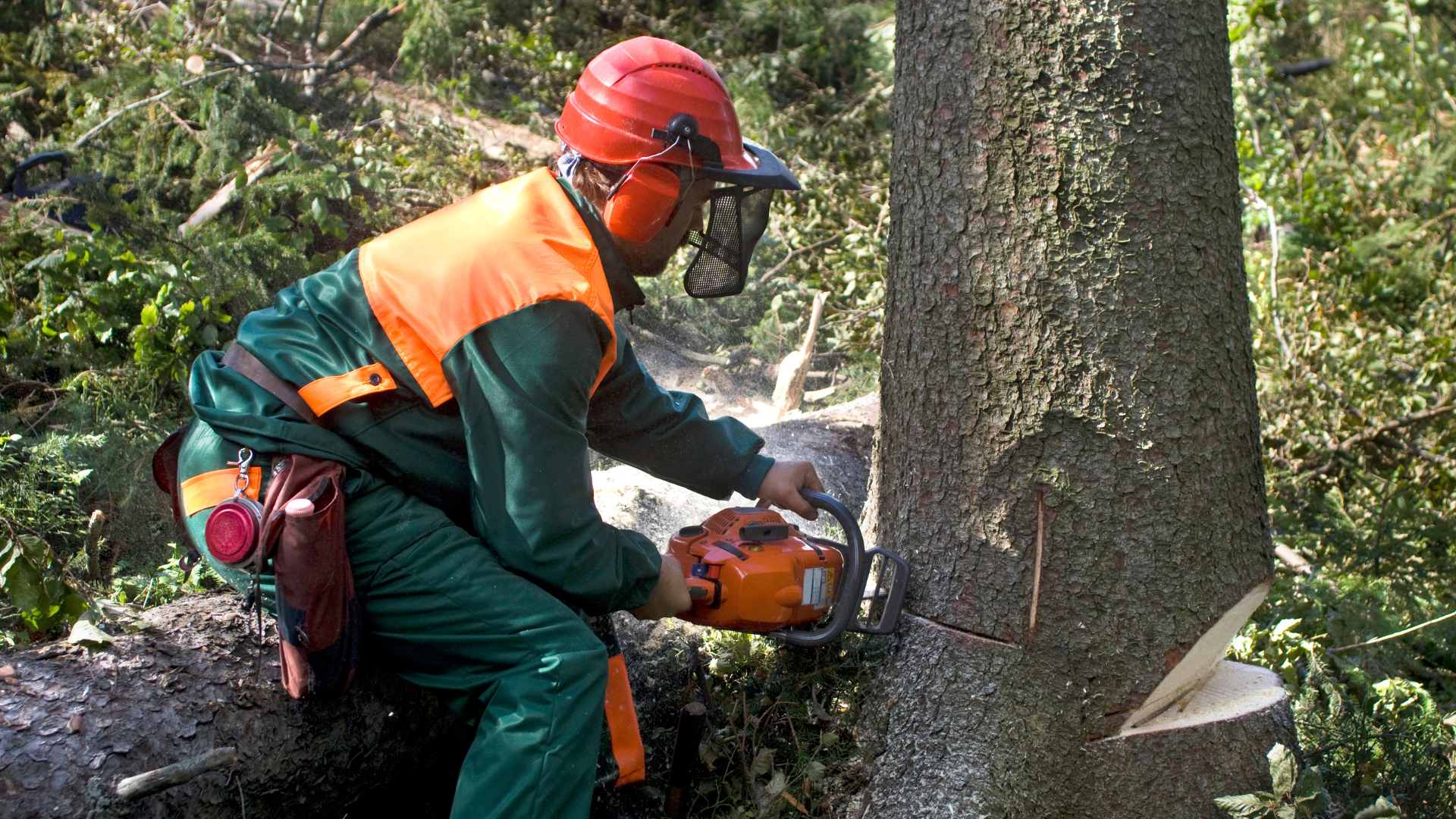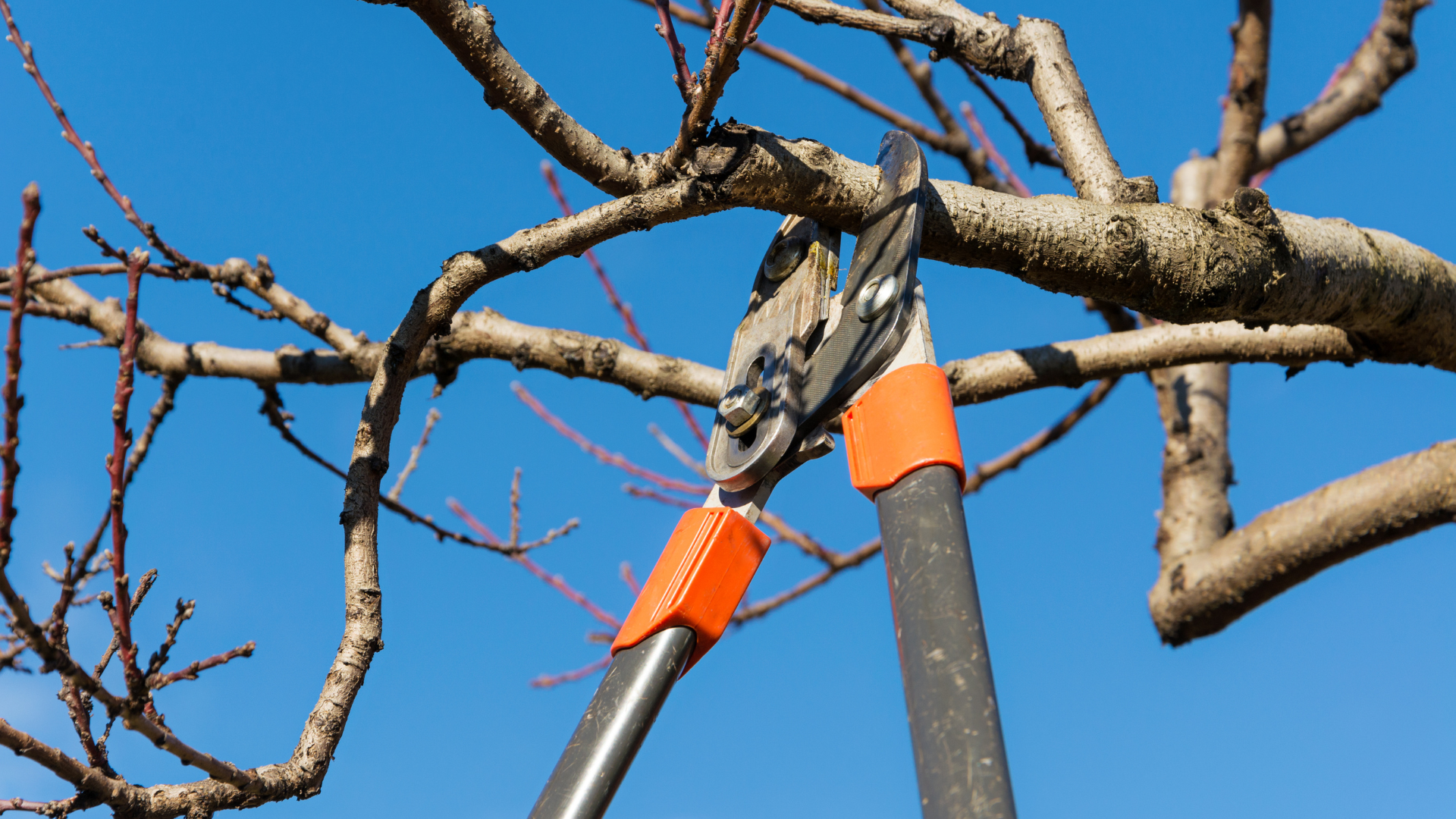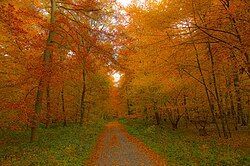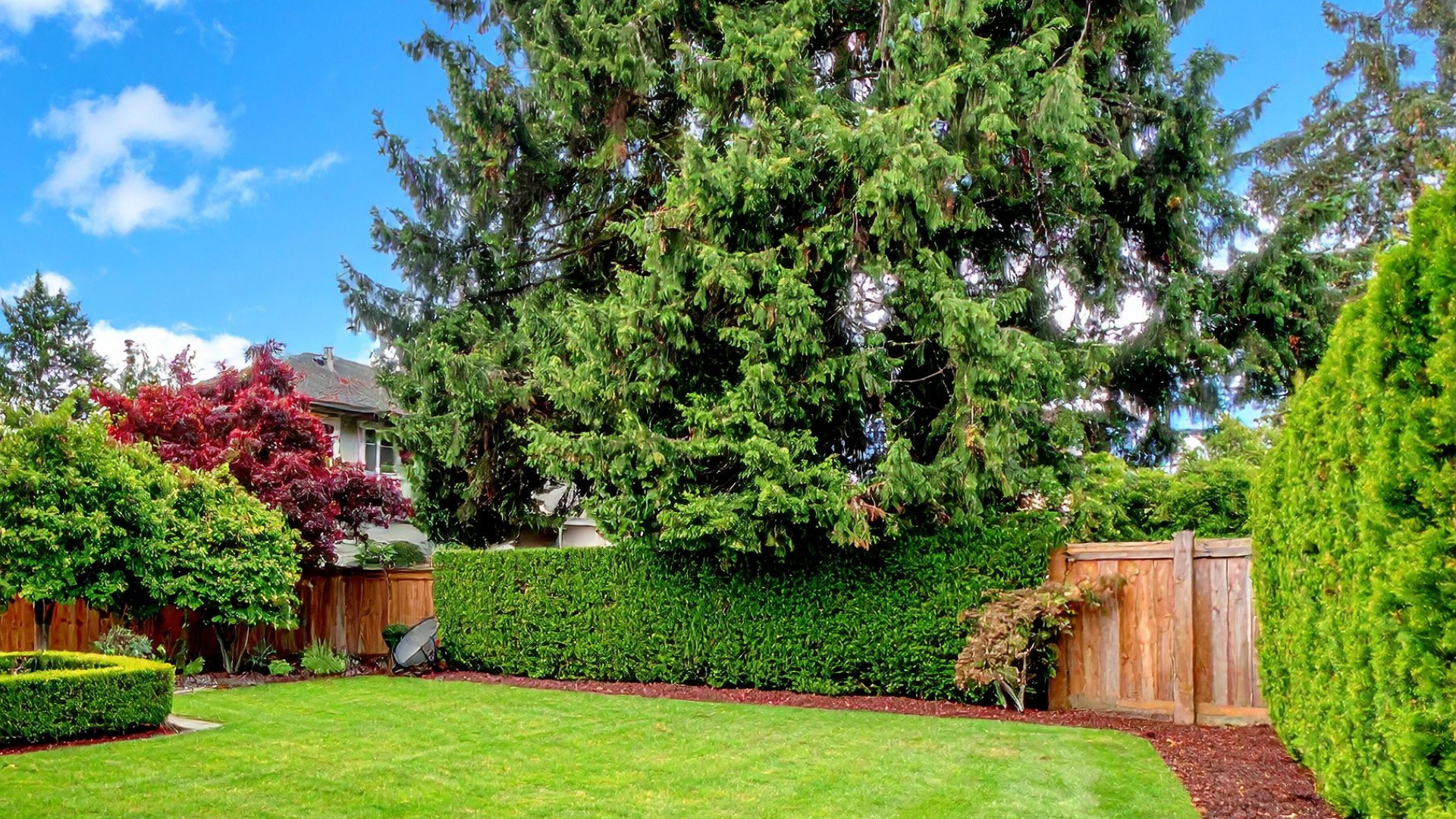When is the Best Time to Prune Dead Branches from Trees?
Pruning dead branches is an essential part of maintaining healthy trees, but knowing the right time to prune them can be a bit tricky. Timing matters for both the tree’s health and the safety of your property. Pruning at the wrong time can leave trees vulnerable to disease or cause unnecessary stress. On the other hand, pruning at the right time can promote stronger growth, better appearance, and long-term vitality. In this guide, we’ll explore when you should prune dead branches from trees, how to do it safely, and why it’s crucial for your tree care routine.
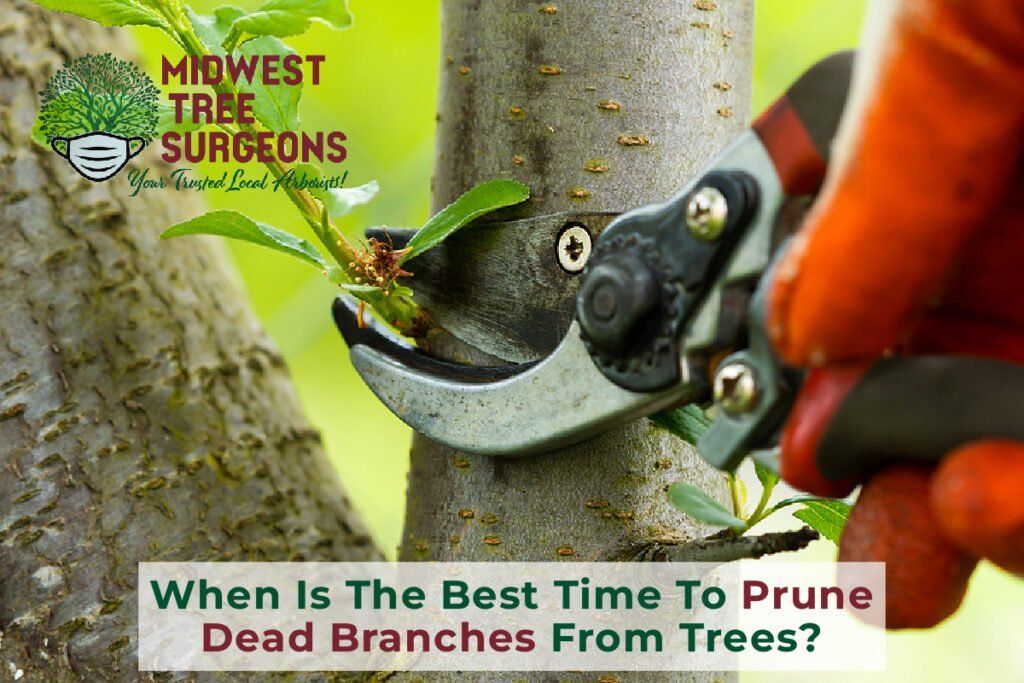
Why Prune Dead Branches?
Pruning is essential not just for aesthetic reasons but also for the overall health of your tree. Dead branches can pose several risks: they might attract pests, harbor diseases, or even fall off unexpectedly, causing damage or injury. Regular pruning eliminates these risks, ensuring that your tree remains healthy and strong.
Deadwood removal is particularly crucial because dead branches can stunt the growth of other parts of the tree. When a tree is in distress, nutrients are often redirected to damaged areas, reducing the overall vigor of the tree. By removing these dead or dying branches, you allow the tree to focus on its healthy parts, promoting better growth and tree stability.
Understanding Tree Dormancy: The Key to Timing
When considering tree trimming or dead branch removal, it’s important to consider your tree’s dormant period. This is the best time to prune most trees because they aren’t actively growing, and cutting them won’t stress them out. Trees naturally enter dormancy during the colder months, usually late fall through early spring.
During dormancy, trees are not using energy to grow leaves or flowers, meaning there’s less risk of harming the tree. The absence of foliage also makes it easier to identify dead branches and assess where cuts should be made. The dormant period is ideal for addressing branches that are dead or diseased, helping to prevent any further complications.
Pruning During Spring: Should You or Shouldn’t You?
Spring is a season associated with new life, which is why it might seem like the ideal time to prune. However, while pruning in spring is generally okay for some tree species, it’s not always the best time for removing dead branches. This is because many trees begin to produce new buds and leaves during this time, which can lead to excessive sap bleeding if cuts are made. This can stress the tree and create an entry point for pests or diseases.
While pruning dead branches during spring might be necessary in some cases, it’s better to focus on trees that are actively showing signs of disease or damage. Always inspect the tree before making any cuts. If you decide to prune in the spring, be sure to use clean, sharp pruning tools to minimize any injury to the tree.
Summer Pruning: Risks and Rewards
Summer pruning is generally not recommended, particularly for removing deadwood. Trees are actively growing during this time, and cutting dead branches can stress the tree, leading to potential damage. In some cases, pruning during the summer can expose healthy tissue to high temperatures and sun, which might cause further injury.
However, summer can be a good time to address specific issues, such as dead branches that are posing a safety hazard. If you notice branches hanging precariously over your property or public areas, it may be necessary to remove them regardless of the season. Always assess the tree’s condition and consider calling a professional arborist for advice.
Fall Pruning: The Sweet Spot for Tree Health
When autumn arrives, trees begin to prepare for dormancy. Fall is often the best time for tree pruning because it provides a window between the active growing season and the onset of winter. This is an excellent time for deadwood removal because the tree has slowed its growth, and pruning will cause minimal stress.
In fall, trees are still strong enough to recover quickly from cuts, yet they aren’t actively pushing out new growth. This allows your tree to heal before winter arrives. If you’re looking for optimal timing for tree care, fall is your best bet, as it reduces the likelihood of disease transmission and gives your tree the best chance for a healthy winter rest.
How to Safely Prune Dead Branches
When removing dead branches, safety should be your top priority. Here are a few tips to ensure that pruning is done safely and effectively:
- Use Sharp Tools
: Whether you’re using pruning shears, a saw, or a chainsaw, make sure the tools are clean and sharp. This will prevent damaging the tree and ensure smooth, clean cuts that will heal properly.
- Wear Protective Gear
: Always wear gloves, safety glasses, and appropriate clothing when pruning. Trees can have sharp bark, and tools can slip, causing injury.
- Make Proper Cuts
: Use proper pruning techniques to make cuts close to the tree’s trunk but without damaging the bark. Avoid cutting into the branch collar, which is essential for the tree’s healing process.
- Call an Expert
: If you have large trees or branches high up, it’s best to hire a professional arborist. They have the proper equipment and experience to safely prune your trees without causing harm.
Professional Tree Care Services: When to Call an Expert
Pruning dead branches isn’t always a simple DIY task, especially if you’re dealing with large or hard-to-reach trees. If you’re unsure of how to properly prune, or if you don’t have the right equipment, it’s wise to contact an expert. A certified arborist can assess the health of your tree and determine the best course of action.
Additionally, tree care professionals can perform aerial tree risk assessments and offer tree felling services if necessary. These services can help keep your trees healthy and reduce the risk of dangerous branches falling unexpectedly. If you’re in need of professional assistance, don’t hesitate to reach out to a tree care service near you. For more information on tree removal or assessment, check out Midwest Tree Surgeons and their expert services.
Final Thoughts
Pruning dead branches is a crucial part of tree care , ensuring the health and longevity of your trees. While timing is important, it’s also essential to consider the health of the tree and the risks associated with deadwood. Generally, late fall or early spring is the best time for most trees, but always assess the situation based on your tree’s condition. If in doubt, consult a tree care professional who can guide you through the best pruning techniques for your specific needs.
Remember, regular maintenance and timely pruning will keep your trees healthy, strong, and beautiful for years to come.
FAQs
1. Can I prune dead branches in the summer?
While summer is not the ideal time for most pruning tasks, removing dead branches that pose a risk is sometimes necessary. Always assess the situation carefully and consider professional help if unsure.
2. How do I know if a branch is dead?
Dead branches typically have no leaves, and they will often snap easily when bent. The bark may also appear dry and cracked. If you’re uncertain, scratch the bark lightly with your fingernail; live wood will be moist underneath, while dead wood will be dry.
3. Is it safe to prune during winter?
Winter is not the best time for general pruning but is acceptable for removing dead branches, especially if the tree is fully dormant. Avoid pruning when temperatures are extremely low to prevent frost damage. 4. Should I hire an arborist for dead branch removal?
Hiring a professional arborist is recommended, especially for large trees or branches in difficult-to-reach places. They have the expertise and tools to do the job safely and effectively.
The post When is the Best Time to Prune Dead Branches from Trees? appeared first on Midwest Tree Surgeons LLC.

